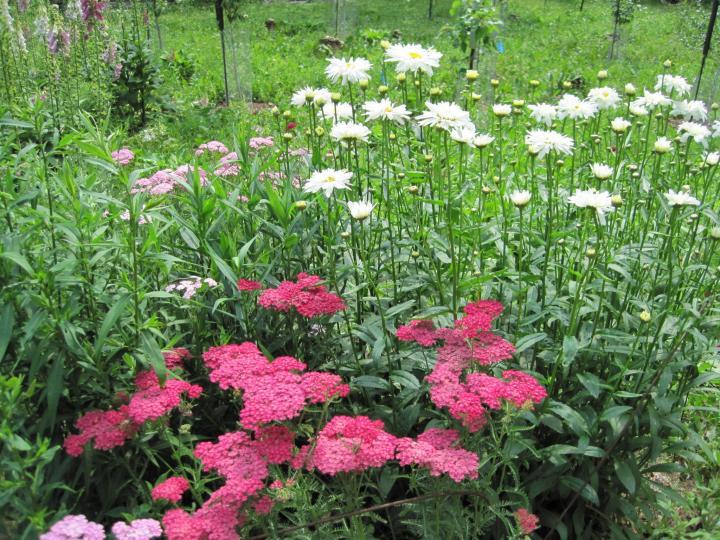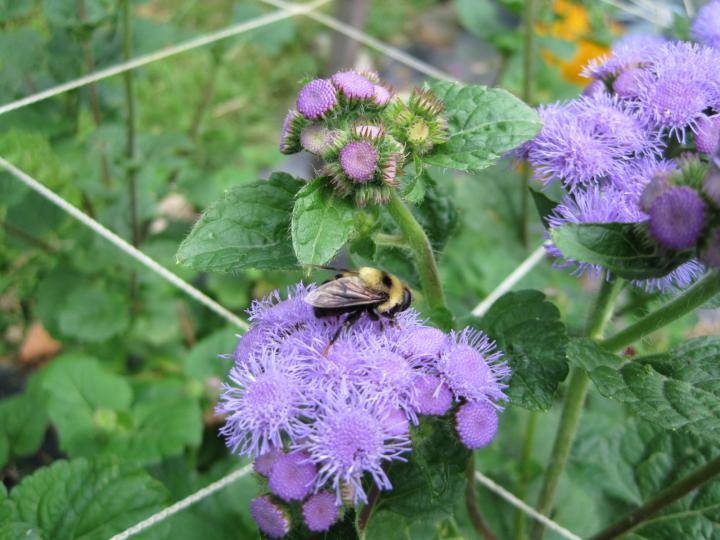





 Robin Sweetser
Robin Sweetser
If you’re like me and can never have too many flowers, now is the time to plan a cutting garden so you can have your flowers and cut them too!
To avoid stripping your front flower beds bare of bloom, plant an area of your garden just for cutting. If you have an empty spot out back or in the vegetable garden, why not fill that space with flowers?
Your cutting garden needs to get at least 6 hours of sun a day for optimum flower production. If you are using a section of your veggie patch, it probably has good, deeply dug, fertile soil already.
If not you can jazz it up by digging in some compost or aged manure. Go easy on the fertilizer though because a lot of flowering plants bloom best in poor soil. Plants grown with too much nitrogen will have lush green growth at the expense of flower production or the flowers will be so tender that they will fade very quickly when cut.
Plant your garden in rows or blocks, whatever makes for ease of picking and maintenance. We plant in long, three foot wide beds and suspend wide mesh nylon netting horizontally over the beds so that the plants grow up thru the mesh. This supports the stems so they grow straight for better cutting.

Don’t worry too much about the arrangement of colors and heights here. You will be cutting the flowers for your bouquets when they bare about 1/2 to 3/4 open. Keeping annuals picked encourages more blossoms to form so don’t hesitate to strip the patch of all the flowers every few days.
As far as what to plant goes, there are hundreds of flowersfrom ageratum to zinnias - that are perfect for your cutting garden. Look for annuals that have long strong stems and long-lasting flowers.
A few of our favorites from A to Z are:



Plan to start a cutting this spring and soon you’ll have armloads of flowers to brighten your home and share with friends!
~ By Robin Sweetser
Get inspired by Robin Sweetser's backyard gardening tips. Robin has been a contributor to The Old Farmer's Almanac and the All-Seasons Garden Guide for many years. She and her partner Tom have a small greenhouse business and also sell plants, cut flowers, and vegetables at their local Farmer's Market.
Copyright © www.100flowers.win Botanic Garden All Rights Reserved